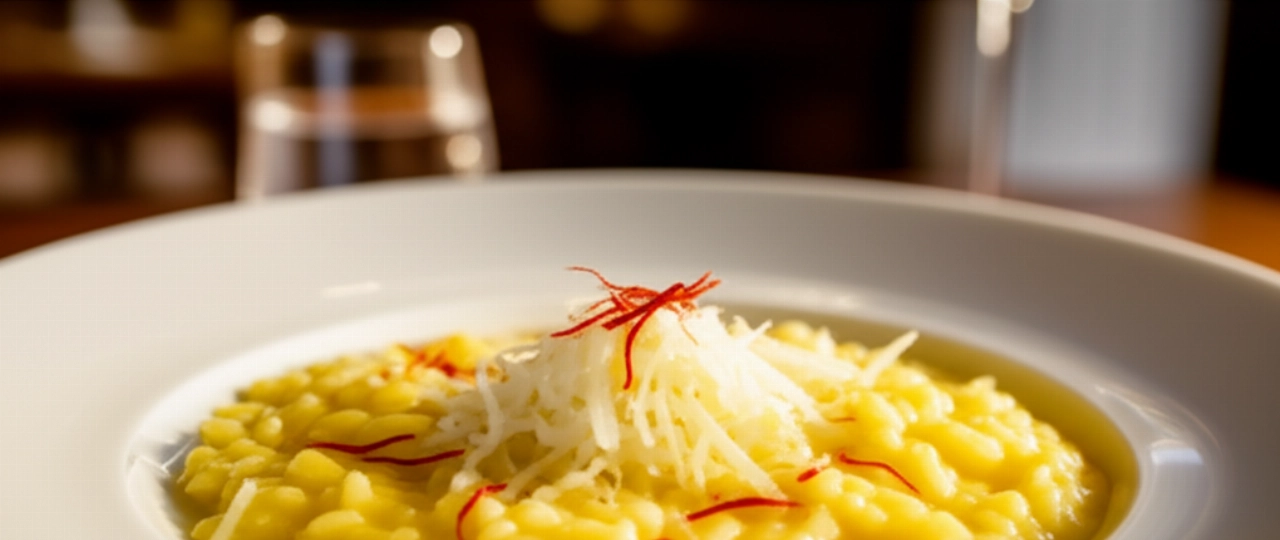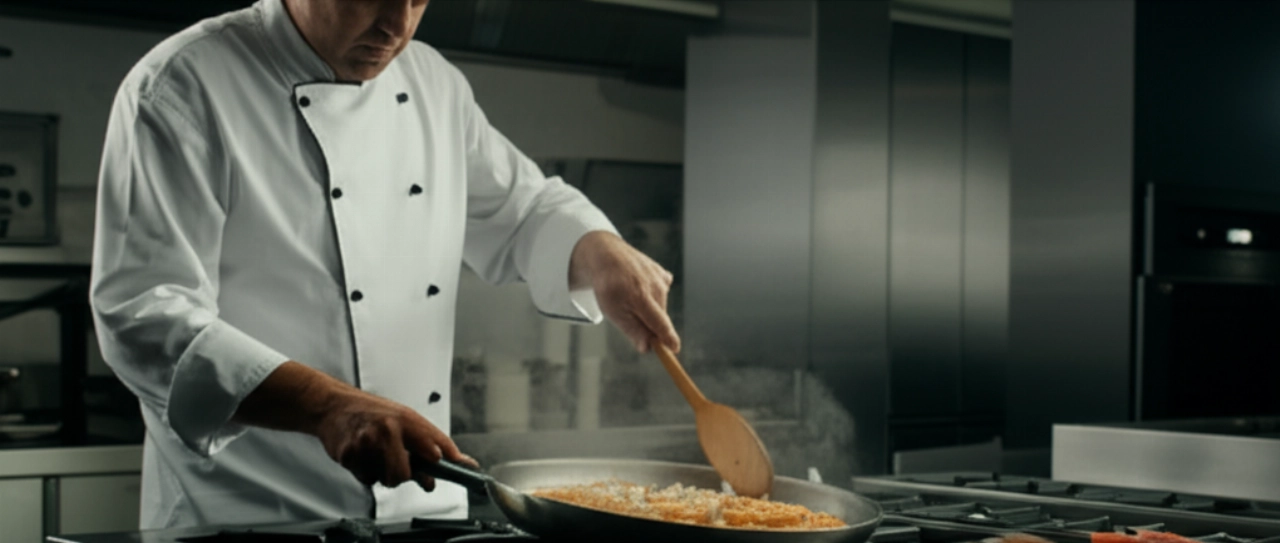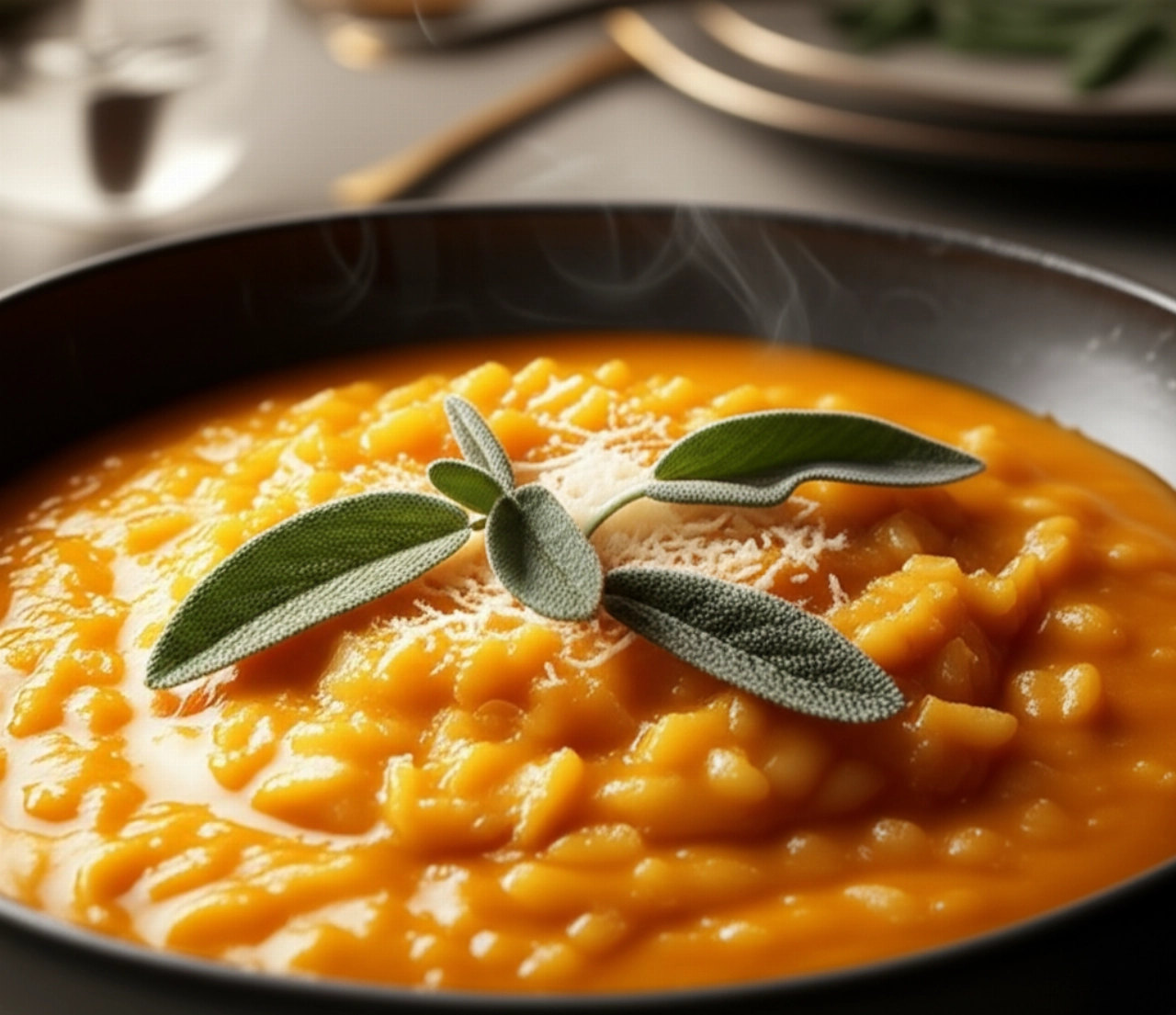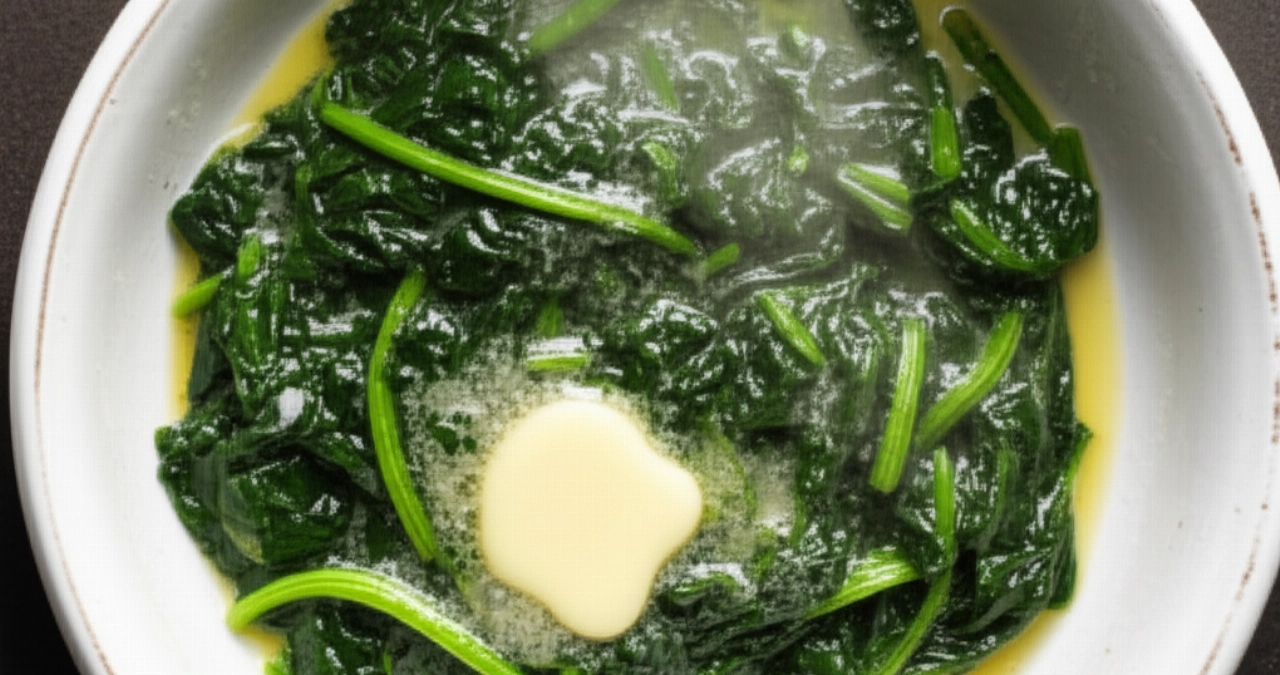There's a scent that speaks of the forest, of autumn, of home. An unmistakable aroma that takes us back to Sunday lunches, to special evenings with family or friends. We're talking about Porcini Mushroom Risotto, a masterpiece of Italian cuisine, a dish that, when perfectly made, envelops you in an embrace of flavors and textures.
But how many times have you dreamed of a perfect porcini mushroom risotto only to end up with overcooked rice, bland broth, or a flavor that just doesn't hit the mark? The fear of making mistakes, wasting precious ingredients, and not achieving that "wow" result is a common concern. Finding the right recipe, one that guides you step-by-step without leaving room for doubt, seems like a challenge.
Make yourself comfortable. Here on Search Recipes, you won't just find a list of ingredients, but the complete guide, full of secrets and tips, to prepare the creamiest, most fragrant, and unforgettable porcini mushroom risotto of your life. I'll guide you step-by-step for a porcini mushroom risotto that will be a triumph of flavors and textures, perfectly creamy and with rice always al dente, without ever making a mistake. Success is guaranteed, grandma's word!
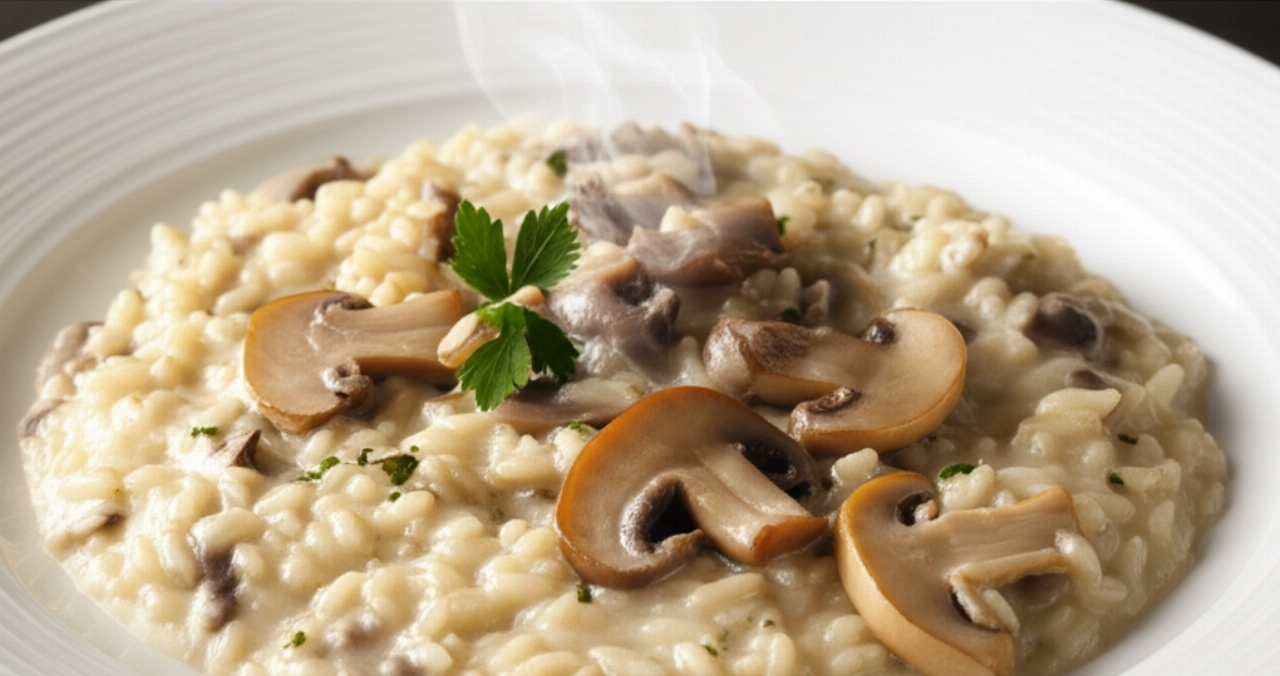
Smart Ingredients: The Choice That Makes a Difference
Every great dish begins with quality ingredients, chosen with care and awareness. It's not just about listing them, but understanding the "why" behind each choice. Here's what you need for your perfect risotto and why:
- Carnaroli Rice (320 g): It's the undisputed king of risotto rices. Carnaroli has large, firm grains, rich in starch, which hold up perfectly during cooking and release the right amount of creaminess without overcooking. Forget Roma or Arborio for this recipe; Carnaroli is your guarantee of success.
- Porcini Mushrooms (300 g fresh or 30 g dried): If you're lucky enough to find fresh porcini, use them! Their aroma is unparalleled. If you opt for dried, don't worry: they're an excellent alternative, and in fact, the rehydration water will be a true treasure of flavor.
- Vegetable Broth (about 1.5 liters): This is the heart of your risotto. A homemade, light, and flavorful broth (with carrots, celery, onion, and maybe some parsley stems) will make all the difference. No bouillon cubes, please! The broth should enhance the flavor of the mushrooms, not overpower it. Here you'll find our recipe for a perfect vegetable broth.
- Shallot (1 small) or White Onion (½): For the soffritto. Shallots are more delicate and sweet, perfect for not overpowering the mushroom flavor.
- Dry White Wine (½ glass): Used to deglaze the rice. The wine's acidity will help set the rice starch and add a note of freshness. Choose a wine you'd enjoy drinking.
- Parmigiano Reggiano DOP or Grana Padano (80 g): For the final "mantecatura" (creaming). Its savory flavor and granular texture are essential for creaminess and taste.
- Cold Butter (50 g): Also for the "mantecatura". Cold butter, added at the end of cooking, emulsifies with the rice starch and Parmigiano, creating that irresistible creaminess that makes the risotto velvety.
- Garlic (1 clove): To flavor the mushrooms, to be removed before adding them to the rice.
- Fresh Parsley (q.b. - as needed): For garnish and to add a note of freshness.
- Extra Virgin Olive Oil (q.b. - as needed): For the soffritto.
- Salt and Black Pepper (q.b. - as needed): To adjust the flavor.
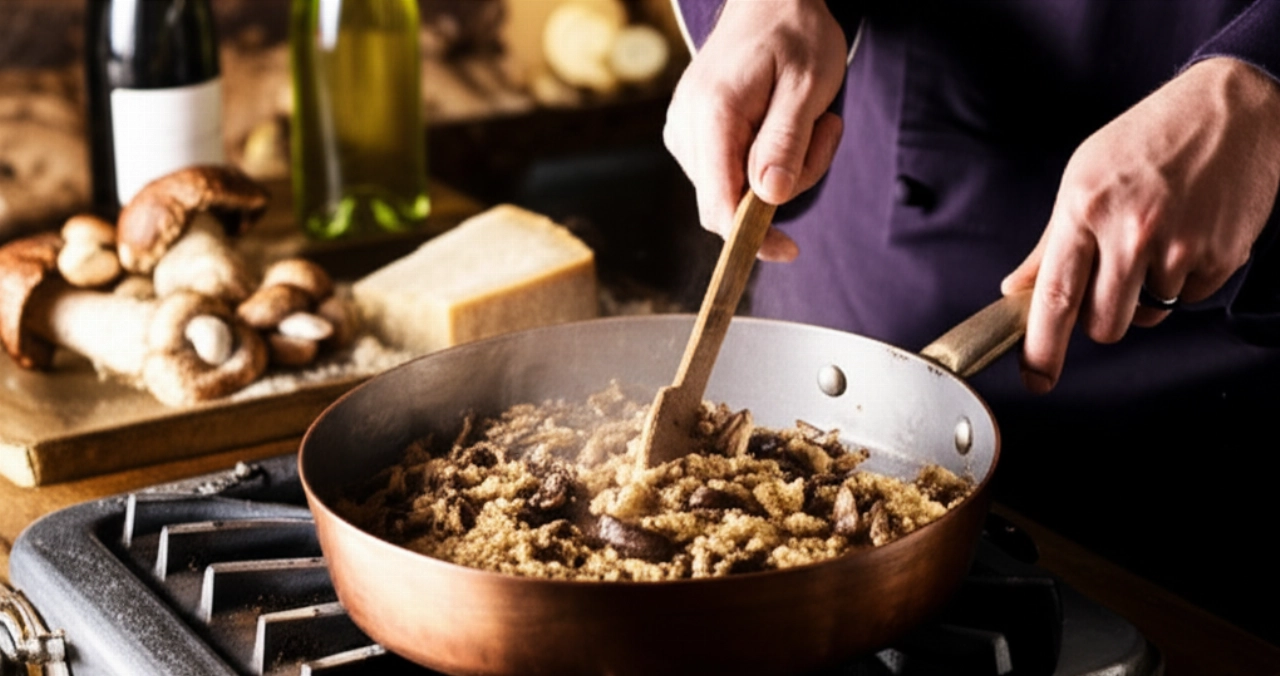
The 3 Mistakes That Ruin Mushroom Risotto (and How to Avoid Them)
Preparing a risotto seems simple, but there are small pitfalls that can turn a masterpiece into a disaster. Here are the most common mistakes and how to avoid them, with grandma's wisdom:
- Do Not Dry-Toast the Rice: This is a very serious mistake! The initial dry-toasting of the rice, without fat and over high heat for a couple of minutes, is fundamental. It serves to seal the grains, making them more resistant to cooking and allowing them to release starch gradually. If you don't toast it, the rice will absorb too much broth too quickly and become mushy.
- Add All the Broth at Once: Risotto is not a soup! The broth should be added little by little, one ladle at a time, only when the previous one has been almost completely absorbed. This allows the rice to cook slowly, releasing starch and creating that unique creaminess. If you add too much, the rice will boil instead of cook and lose its consistency.
- Stir Too Much or Too Little: Too little stirring doesn't allow the starch to detach from the grains, making the risotto less creamy. Too much stirring, on the other hand, can break the grains and make the risotto sticky. The golden rule is to stir often, but not continuously, especially in the first few minutes of cooking and during the "mantecatura".
- Neglecting the Mushrooms: Whether fresh or dried, porcini mushrooms require attention. If using dried, make sure to rehydrate them well in lukewarm water for at least 20-30 minutes and filter the soaking water with a very fine-mesh sieve (or cheesecloth) to remove any soil residue. If using fresh, clean them gently with a damp cloth or brush, avoiding running water which would make them spongy.
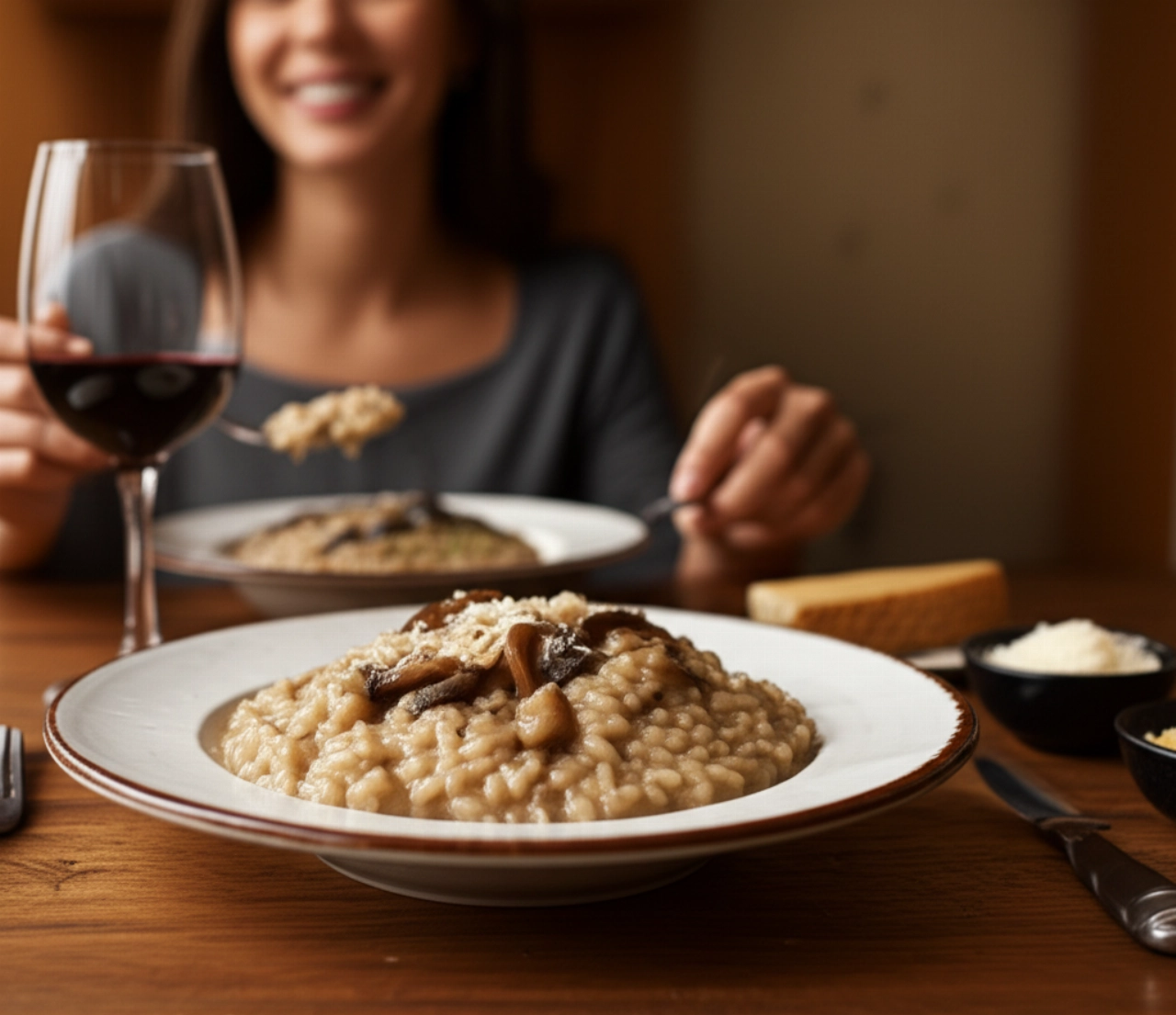
Grandma's Secret: The Magic Touch for a Chef-Level Risotto
My grandma always said that risotto is like a child: it needs to be pampered and never left alone. And her secret for an even more intense flavor, a true forest concentrate? She always added, at the end of cooking and before the "mantecatura", a teaspoon of the well-filtered soaking water from dried mushrooms (if used). This little trick, known to few, amplifies the aroma and flavor of the porcini, making the risotto unforgettable. Try it and see!
Let's Prepare Porcini Mushroom Risotto Together: The Step-by-Step Guide
Now that we have all the secrets, let's get cooking! Follow these steps calmly and confidently, and success will be guaranteed.
Phase 1: Preliminary Preparation
- Prepare the Broth: Bring the vegetable broth to a boil and keep it warm over low heat throughout the risotto preparation. It's crucial that it's always hot when you add it to the rice.
- Prepare the Mushrooms:
- If using dried mushrooms: Place them in a bowl with lukewarm water for at least 20-30 minutes, until soft. Drain them, gently squeeze, and roughly chop. Filter the soaking water with a very fine-mesh sieve (or cheesecloth) and set it aside: it will be our "grandma's secret."
- If using fresh mushrooms: Gently clean the mushrooms with a damp cloth or brush, removing any soil residue. Do not wash them under running water! Slice or chop them.
- Prepare the Soffritto: Finely chop the shallot (or onion).
Phase 2: Cooking the Risotto
- Soffritto and Toasting: In a heavy-bottomed saucepan (or risotto pan), add a drizzle of extra virgin olive oil. Sauté the chopped shallot over low heat for a few minutes until translucent. Add the Carnaroli rice and toast it over high heat for 2-3 minutes, stirring continuously. The grains should become translucent at the edges and opaque in the center. You'll smell a slight nutty aroma.
- Deglazing with Wine: Deglaze the rice with dry white wine. Increase the heat and let the alcohol evaporate completely, stirring. This phase is crucial for adding acidity and setting the starch.
- Cooking with Broth: At this point, start adding the hot broth, one ladle at a time. Stir gently and wait until the broth is almost completely absorbed before adding more. Continue this for about 10-12 minutes.
- Adding the Mushrooms: Halfway through the rice cooking (i.e., after about 10-12 minutes from the start of adding broth), in a separate pan, sauté the mushrooms (fresh or rehydrated) with a drizzle of oil and a clove of garlic (which you'll remove after a minute). Season with salt and pepper. Add the mushrooms to the rice and continue cooking, always adding broth, for another 5-8 minutes, until the rice is al dente (it should be soft on the outside but with a slightly resistant core).
- Grandma's Secret (Optional): If you used dried mushrooms, now add a teaspoon of the filtered soaking water.
Phase 3: The Perfect Mantecatura (Creaming)
- Off the Heat: When the rice is al dente, turn off the heat. The risotto should still be quite liquid, not dry.
- Mantecatura: Add the cold butter in pieces and the grated Parmigiano Reggiano. Stir vigorously and decisively, "creaming" the risotto. This step is fundamental to make it creamy and velvety. If necessary, add another small ladle of hot broth to achieve the desired consistency.
- Resting: Cover the saucepan with a lid and let the risotto rest for 2-3 minutes. This allows the flavors to meld and the creaminess to stabilize.
Phase 4: Plating
Serve the risotto immediately, garnishing with fresh chopped parsley and, if you like, an extra sprinkle of Parmigiano. Enjoy the enveloping aroma and irresistible creaminess!
Tips and Frequently Asked Questions about Porcini Mushroom Risotto
Here are some of the most common questions you might have, with answers that will give you even more confidence in the kitchen:
Can I use only dried mushrooms?
Absolutely yes! Dried porcini mushrooms are an excellent alternative and often provide a more intense and concentrated flavor. Just remember to rehydrate them well and carefully filter the soaking water, which is a true concentrate of flavor to use in the risotto.
How can I make the risotto lighter?
If you want a lighter risotto, you can reduce the amount of butter for the "mantecatura" or omit it entirely, relying only on Parmigiano. You can also use a smaller amount of Parmigiano. The taste will still be excellent, but the consistency a bit less rich.
Can I prepare risotto in advance?
Risotto is a dish that is best enjoyed freshly made. Preparing it in advance would make it overcooked and sticky. However, you can prepare the broth and clean the mushrooms in advance. At most, you can cook the rice halfway (about 10 minutes), spread it on a tray to cool quickly, and then resume cooking by adding broth and mushrooms when serving. It's not ideal, but it's a compromise.
What is the best rice for risotto?
As we've said, Carnaroli rice is the best choice for risotto. Thanks to its high amylose content, it holds up well during cooking and gradually releases starch, ensuring perfect creaminess and grains that are always al dente.
Why isn't my risotto creamy?
The creaminess of risotto depends on several factors: the initial toasting of the rice, the gradual addition of broth, proper stirring, and, most importantly, the final "mantecatura" with cold butter and Parmigiano. If your risotto isn't creamy, it's likely that one of these steps wasn't performed correctly. Make sure not to skimp on the "mantecatura" and to let the risotto rest for a couple of minutes before serving.
A Masterpiece of Flavor and Tradition
There you have it! Now you no longer just have a recipe, but all the secrets to bring a porcini mushroom risotto to the table that tastes of home, tradition, and love. A dish that is not just food, but a complete sensory experience, a true embrace of flavors and aromas that will bring you back to your fondest memories.
Don't be afraid to experiment. Cooking is an act of creativity, and with these tips, success is guaranteed, and your kitchen will become the place where magic happens. Get ready to receive compliments and see your guests ask for seconds!
Have you prepared your masterpiece? We're very curious to see it! Leave a comment below, tell us about your experience, or share a photo on Instagram by tagging @CercaRicette.it. If you loved this risotto, you can't miss our recipes for Homemade Vegetable Broth or for a perfect main course like Roast Pork with Potatoes. See you at the next recipe!

